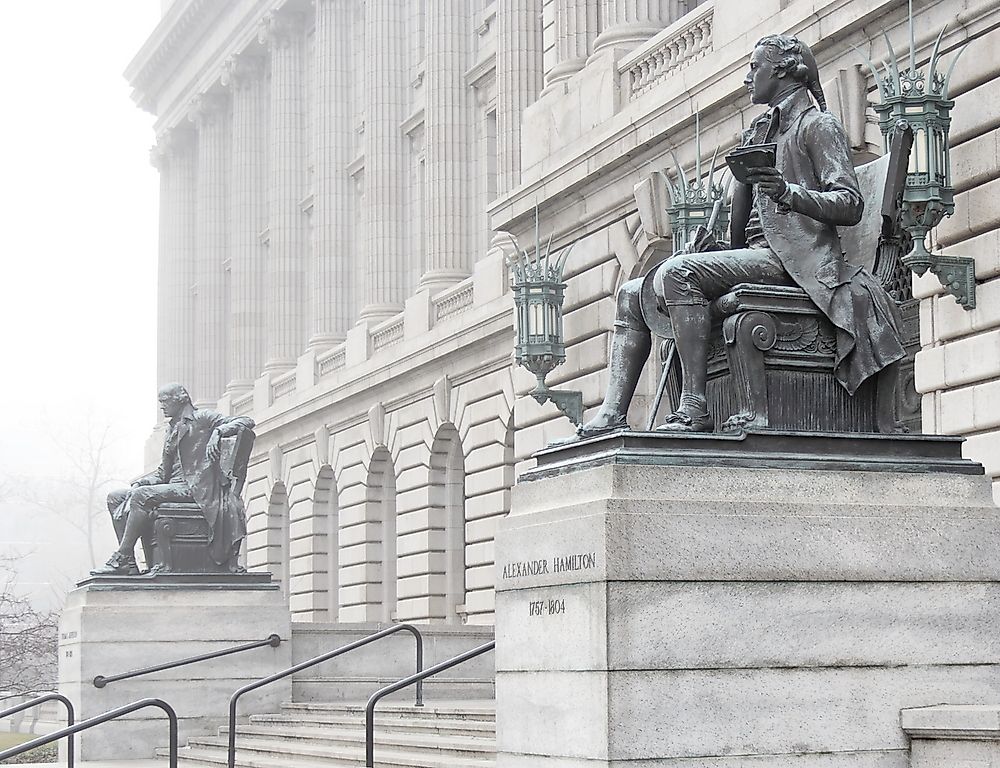What and When Was The American Renaissance?

The American Renaissance was during the period ranging between 1876 and 1917. During that time, American architecture and arts experienced a renewal in national self-confidence and the general belief that the United States was the heir to the desirable Roman law, Greek democracy, and Renaissance humanism. Renaissance humanism was a period characterized by humanists seeking to enlighten the masses in proper speech and writing. This education was meant to help people in expressing their thoughts in matters to do with civil life and persuasion of others to be prudent and virtuous.
American Renaissance Period
This period was dominated by an American obsession with national identity (known as New Nationalism) characterized by several things such as modernization, technology, as well as academicism. The Americans showed the confidence that they had in new technologies through the employment of things like the wire cables of New York City’s Brooklyn Bridge. This period was a time when the majority of the American population truly believed that their civilization had come of age and that it was the modern heir. In political and economic terms, the American Renaissance is around the same time as the New Imperialism and the Gilded Age. Incidentally, the dates for this era overlap with the Centennial Exposition, the year the United States joined World War I, and the 100th anniversary of the ratification of the Declaration of Independence.
Cuyahoga County Courthouse
This building, in downtown Cleveland, is one of the most notable examples of a structure from the American Renaissance. Before its completion in 1813, the courts used to convene in odd places all over town such as in inn and taverns. With Levi Johnson as the designer and main contractor, the structure had a width of five bays and two piles deep and had a pitched roof with the ends having brick chimneys.
A new courthouse was designed and erected by Henry Noble in 1828. The new structure was two stories high with the front adorned by massive Doric columns proving support to an entablature. A third courthouse was commissioned in 1857 with a fourth one erected in 1875. All these changes were made because of the growing size of Cleveland. In 1884, the current building was expanded to tackle the space issue. Lehman & Schmitt designed and built the final design by 1912.
The exterior of the structure is decorated by sculptures from people like Karl Bitter and Herbert Adams while people like Frank Brangwyn designed murals in the interior.
New Nationalism
New Nationalism was a political philosophy by Theodore Roosevelt around the time of elections back in 1912. The main issue argued by Roosevelt was that the government should protect and oversee human welfare and rights to property. In addition, he argued that property rights came second to human welfare should a prioritization of the two issues be required.
To guarantee social justice and proper regulation of the economy, Roosevelt suggested that the US have a powerful federal government. In addition, the President needed to make human welfare the top priority to successfully lead the US. Economically, he believed that the courts should leave regulation of business to executive agencies.











